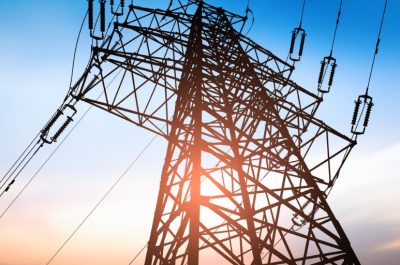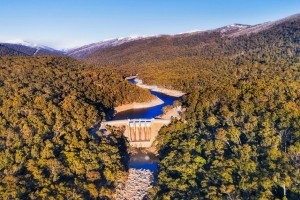The Power of Data
There is more information readily available to consumers about how many steps they take and how many calories they burn, than how much electricity they use.
I can tell you right now from a quick glance at my watch my activity levels, my heartbeat and how many more steps I need to take to reach my daily goal. Yet I can’t tell you how much electricity I’ve used this month.
Sure, knowing whether or not you’ve been active is useful for maintaining a healthy lifestyle but it’s not as crucial for many families as monitoring their electricity use to balance the household budget or for networks to plan maintenance or required upgrades.
Data is a very powerful tool. More data and more information means the ability to make more efficient and informed decisions. This goes for consumers and energy networks.
If you and your network have more information about how and when you consume electricity, then this can lead to more efficient spending – and savings – for both.
Energy usage data is captured by smart meters, inverters or other network devices that provide a range of functions and benefits including visibility about a customers’ energy use, voltage issues and real-time information about the location and cause of outages.
Benefits of data
Customers can make more informed decisions about how they use electricity if they have more data. Just as most customers are able to check their internet usage for the month in close to real time, usage data can be used to inform their habits and the need to alter usage.
In a day and age of such great connectivity, a smartphone app that tells us what our usage is or whether it’s higher than normal would seem like a no-brainer. Yet most customers in most parts of Australia don’t have electronic access to their usage. With the increase in smart appliances that can be remotely turned on or off by an app, customers could respond to increased demand levels by shutting a few extra appliances off on a hot day. The energy sector has been slower to adopt these technologies than others, but work is underway – for example the Australian Renewable Energy Agency is funding a retail trial of such a demand response tool and WA network Horizon Power has been trialling a power monitoring smart-phone app called MyPower.
Easily understood data also would help retail customers make more informed decisions about their energy contracts and which may be most appropriate for their usage habits. This is in turn supports market competition.
For vulnerable customers, data can help identify and manage them on a case by case basis, so assistance programs can be better targeted.
For network operators, having more information about how customers are using power and when they are using it can allow for efficient planning and avoiding unnecessary spending – which ultimately saves customers money. It is also a necessary pre-cursor to tariff reform, which offers a range of benefits including demand management via appropriate price signals.
Gaps in infrastructure can be identified with data so more informed investment decisions can be made without overspending. This means more reliable networks at a lower cost to customers.
The visibility of data to networks and customers can also increase safety. Smart meters and real time reporting can help identify potential safety hazards or faults. This can lead to early intervention, more rapid response and greater network reliability.
More DER needs more data
It will be essential to increase the visibility of household energy data as energy sources become increasingly decentralised. Distributed energy resources (DERs) are rapidly increasing in prevalence and present a significant additional strain on the grid. Data can help manage the transition as more solar and storage comes online. It can ensure resources are more efficiently directed and that networks and the market operator are aware of when customers are exporting and importing power.
The latter is a very real issue. Lack of visibility about power imports into the grid can present a danger to the system from unmanaged voltage fluctuations. Visibility of battery uptake and use from data can help networks prepare, track and manage these DERs and the market operator to more accurately forecast.
Increased data about solar and storage usage and output can help customers and networks maximise their value by providing a better understanding of when and how they can be used most efficiently.
Planning to support this integration of solar and storage into the grid is underway as part of the Open Energy Networks Project being undertaken by Energy Networks Australia and AEMO.
Open Energy Networks is investigating options to improve the electricity system to ensure household solar and storage work in harmony with a grid that was never designed for two way energy flows. As we move to greener grids, this work will help ensure reliable supply and lower household power bills.
Data will play an important role in the planning process.
Data security – why are we worried?
Yes, we need to be careful with any information gathered by any business to ensure the privacy of an individual is protected. However, if you are connected to the grid then you have already provided your name, contact details, home address, some form of payment information, such as credit card, and all this is already entrusted to be kept safe.
So should we be worried about the visibility of our consumption data? The short answer is no. We already provide much more sensitive information, knowingly or otherwise.
If you’re reading this article now let’s put data and privacy into context.
For example, you’re reading this article on a train on your mobile phone. Data is already being actively gathered by your phone company with your location, website you’re visiting and amount of bytes downloaded. A government authority has a record of you validating your ticket and the location. Google and Facebook probably also have your location from another third party app you were using earlier and will use this to send you ads.
Freaky? Kinda. But this just all goes to show that we already give third parties so much data that is much more sensitive. Sharing our electricity information will lead to a safer, more resilient and more affordable energy system. That’s something we all should support.


